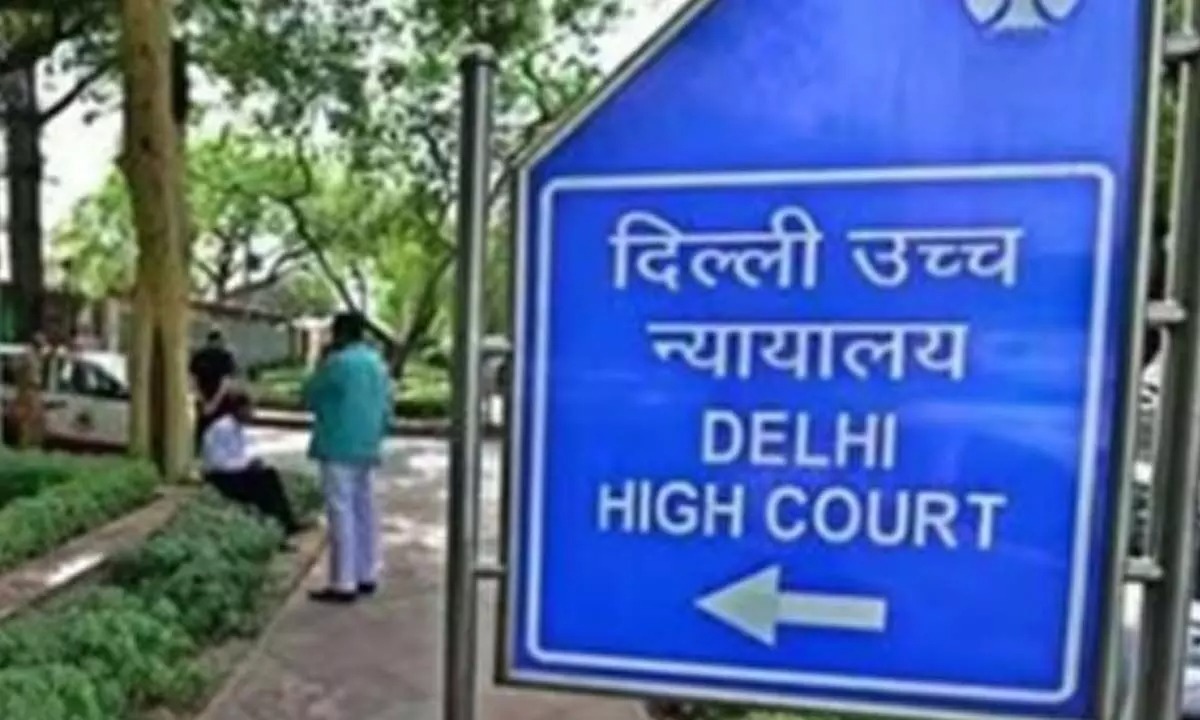G.S. Singhvi, J.@mdashThis is an appeal against order dated 26.7.1991 passed by the learned Single Judge dismissing C.W.P. No. 10259 of 1988 filed by the appellant against orders dated 30.3.1987 and 9.6.1988 passed by the Additional Director, Consolidation of Holdings, Punjab (respondent No. I). 2. The facts necessary for deciding the appeal are that in the consolidation proceedings held some time prior to 1957 under the East Punjab Holdings (Consolidation and Prevention of Fragmentation) Act, 1948 (for short, the Act), 72 kanals of gair mumkin land falling in Village Munder Bet was reserved for being used for common purposes and pro-rata cut was imposed on the holdings of different land owners including respondent No. 2. In 1986, respondent No. 2 submitted an application u/s 42 of the Act before respondent No. 1 for restoration of his share by stating that the land reserved for common purposes had never been used for those purposes. By an order dated 30.3.1987, respondent No. I accepted the application of respondent No. 2 and restored certain area of land to him. Respondents No. 3 to 6 applied for re-calling order dated 30.3.1987 on the ground that the land, in fact, had been used for common purposes and respondent No. 2 was not entitled to restoration of his share. After hearing the Advocates for the parties including the Gram Panchayat, respondent No. 1 dismissed the said application.
2. The petitioner challenged orders dated 30.3.1987 and 9.6.1988 in C.W.P. No. 10259 of 1988 which was dismissed by the learned Single Judge with the following observations:
"A perusal of the impugned order (Annexure P.5) shows that the specific plearaised on behalf of Rawel Singh, respondent No. 2, was that a heavy cut had been applied on the holdings of all the right holders and sufficient area was left for cattle grazing, but no land was in fact being used for cattle grazing. It has been further asserted that the land was in fact being cultivated by various right holders illegally. On this premise, Rawal Singh had prayed for restoration of his share of the land to him: The claim made by Rawel Singh was found to be genuine by the learned Additional Director and as such upheld even after the matter had been re-opened at the instance of respondents No. 3 to 6. The claim made on their behalf that they were the tenants of the central Government was not found to be correct. Even though Inder Singh Sarpanch of the panchayat was present on behalf of the petitioner before the Additional Director, no contention was ever raised that the land was being used for common purposes or that it was shamlat which vested in the panchayat. In fact, the panchayat never moved the Additional Director in the manner respondents No. 3 to 6 had. Even before me at the hearing nothing has been produced to show that the land was in fact being used for common purposes. In fact, the stand of the petitioner that the land is being used for common purposes is belied by the entries in the Khasra Girdawaris, which show that the land was being cultivated and paddy and wheat were being grown on the, land in dispute. Copy of the jamabandi for the year 19,80-81 shows that the land was in illegal cultivation of respondents No. 3 to 6. If the land was being, illegally cultivated, it could not have been, in use for common purposes. Consequently, the contention raised on behalf of the panchayat that the land had been reserved for common purposes and was being used as such cannot be sustained;
A perusal of the documents on evidence would further show that no part of the land is shown to vest in the panchayat. It is not even shown to me that panchayat is in possession of the land. In this situation. I am of the view that the panchayat had no locus standi to file, the present writ petition. In fact, there appears the contention of Mr. Palli that the petition had been filed with an oblique objective to help respondents No. 3 to 6 does not appear to be wholly unfounded. Record shows that no claim was made by the Sarpanch of the panchayat, even though he was present before the Additional Director before the order at Annexure P.6 was passed as has been made in the petition now."
3. Shn B. R. Mahajan argued that the impugned order should be set aside because while upholding the orders passed by respondent No. 1, the learned Single Judge did not consider the provisions of Section 23-A of the Act. Learned counsel submitted that by virtue of the said section, the land reserved for common purposes had vested in the Gram Panchayat and no order could have been passed by respondent No. 1 u/s 42 of the Act without giving notice and opportunity of hearing to the Gram Panahcyat. He further argued that the finding recorded by respondent No. I that the land reserved for common purposes had, in fact, not been used for such purposes is perverse and the learned Single Judge has committed a serious illegality by upholding the same.
4. We have given serious thought to the arguments of the learned counsel, but have not felt persuaded to agree with him. In our opinion, the order of the learned Single Judge does not suffer from any legal infirmity warranting interference in the appeal. Section 23-A of the Act, on which reliance has been placed by Shri Mahajan, reads as under:
23-A. Management and control of lands far common purposes to vest in Panchayats or State Government- As soon as a scheme conies into force the management and control of all lands assigned or reserved for common purposes of the village u/s 18.
(a) In the case of common purposes specified in Sub-clause (iv) of Clause (bb) of Section 2 in respect of which the management and control are to be exercised by the State Government, shall vest in the State Government: and
(b) in the case of any other common purpose, shall vest in the Panchayat of that village:
and the State Government or the panchayat, as the case may be, shall be entitled to appropriate the income accruing there from for the benefit of the village community and the rights and interests of the owners of such lands shall stand modified and extinguished accordingly:
Provided that in the case of land assigned or reserved for the extension of village abadi or manure pits for the proprietors and non-proprietors of the village, such land shall vest in the proprietors and non-proprietors to whom it is given under the scheme of consolidation."
5. A perusal of the above quoted provisions shows that as soon as a scheme comes into force, the management and control of all lands assigned or reserved for common purposes of the village as defined in Section 2(bb) (i), (ii), (iii) vest in the Gram Panchayat of that village. This means that as soon as a scheme envisaged in the Act comes into force, the land reserved for common purposes vests in the Gram Panchayat except those specified in Section 2(bb)(iv).
6. In our opinion, the appellant cannot invoke Section 23-A for seeking invalidation of orders dated 30.3.1987 and 9.6.1988 passed by respondent No. 1 because it has neither pleaded in the writ petition nor any evidence was produced before the learned Single Judge to prove that the land reserved for common purposes of the village u/s 18 had come to vest in it after coming into force of the scheme. Even before us, no evidence has been produced to prove that the land in dispute had vested in the Gram Panchayat-afer coming into force of the scheme envisaged in Section 23-A. Therefore, we are unable to accept the argument of Shri Mahajan. As a logical corollary, we hold that the orders passed by respondent No. 1 cannot be quashed on the ground of violation of the rules of natural justice.
7. On the issue of actual user of the land ear-marked for common purposes, we do not find any valid ground to interfere with the concurrent findings recorded in the two orders passes by respondent No. 1 and the learned Single Judge.
No other point has been argued.
For the reasons mentioned above, the appeal is dismissed.

